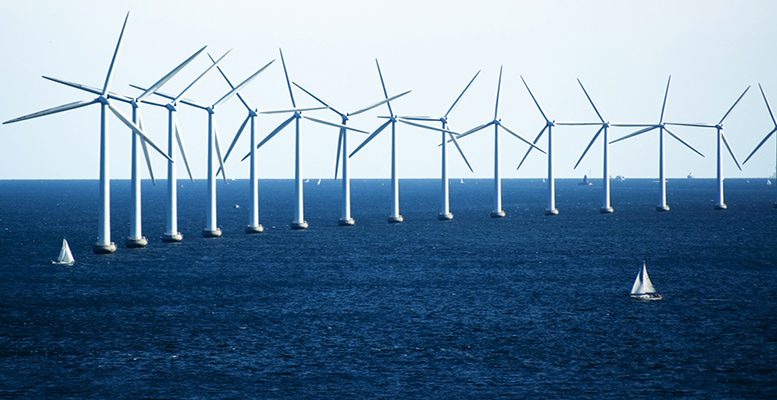E.C. | The share of electricity generated from renewables in the EU energy mix (39%) exceeded the share of fossil fuels (36%) in 2020 for the first time ever and EU consumption of both electricity (-4%) and gas (-3%) fell from 2019 levels, but most of the drivers for this change (notably the COVID-19 pandemic) were exceptional, according to the latest Commission quarterly reports on gas and electricity markets published today. Despite renewed COVID-19 restrictions in some countries, figures for the 4th quarter put consumption levels closer to the “normal levels” than in the first three quarters of 2020.
The electricity market report confirms that the combination of the pandemic demand shock and favourable weather conditions for renewables substantially changed the structure of the mix over the course of 2020. Coal and lignite generation fell by 22% (-87 TWh) and nuclear output dropped by 11% (-79 TWh). Gas was less affected due to its favourable price, thereby supporting coal-to-gas and lignite-to-gas switching. As consumption fell, the share of renewables in the mix rose to 39%, beating fossil fuels (36%) for the first time. Based on preliminary estimates, the carbon footprint of the power sector in the EU dropped by 14% in 2020.
The report notes, however, that the key factors (the pandemic, favourable weather, high hydro generation) were exceptional or seasonal. In fact, figures for the 4th quarter saw electricity consumption close to pre-pandemic levels, despite continuing restrictions on economic and social activity.
Rising renewable generation in the EU was greatly assisted by 29 GW of solar and wind capacity additions in 2020, which is comparable to 2019 levels. This shows that the pandemic did not significantly slow down renewable expansion. Furthermore, as the outlook for emission-intensive technologies worsens and carbon prices rise, more and more early coal retirements have been announced.
In recent months, more expensive emission allowances, along with rising gas prices, have driven up wholesale electricity prices on many European markets to levels last seen at the beginning of 2019. The effect was most pronounced in Member States dependent on coal and lignite. The wholesale electricity prices dyanmic is expected to filter through to retail prices.
Demand for electrically chargeable vehicles (ECVs) kept on rising in the final quarter of 2020, with almost half a million new ECVs registered across the EU. This was the highest figure on record and translated into an unprecedented 17% market share, more than two times higher than in China and six times higher than in the United States.
The gas market report confirms that EU natural gas consumption amounted to 394 bcm in 2020, down from 406 bcm in 2019. This came despite a 1.3% increase (1.5 bcm) in the 4th quarter. Domestic gas production in the EU amounted to 54 bcm (down nearly 23%), whereas total net gas imports fell 9% from 358 bcm to 326 bcm, allowing the EU’s total estimated gas import bill to fall by just over 37% (from €59.4 billion to €36.5 billion).
In spite of renewed lockdown measures in some countries, energy markets were generally stable in the 4th quarter, following an upward price trajectory over the quarter. Optimism about the recovery of the global economy supported the rise in demand for energy products. Spot prices on European gas hubs in the quarter were 6-21% higher in year-on-year comparison. By the end of December 2020 the Title Transfer Facility (TTF) spot price rose to 19 €/MWh – the highest since the beginning of 2019.
The rise in wholesale gas prices were supported by widening gas market prices in Asia, prompting a 27% decrease in EU imports of LNG in the final quarter. In year-on-year comparison, in spite of increasing spot wholesale prices, retail gas prices for household and industrial customers were respectively down by 8% and 2% in the last quarter of 2020.





